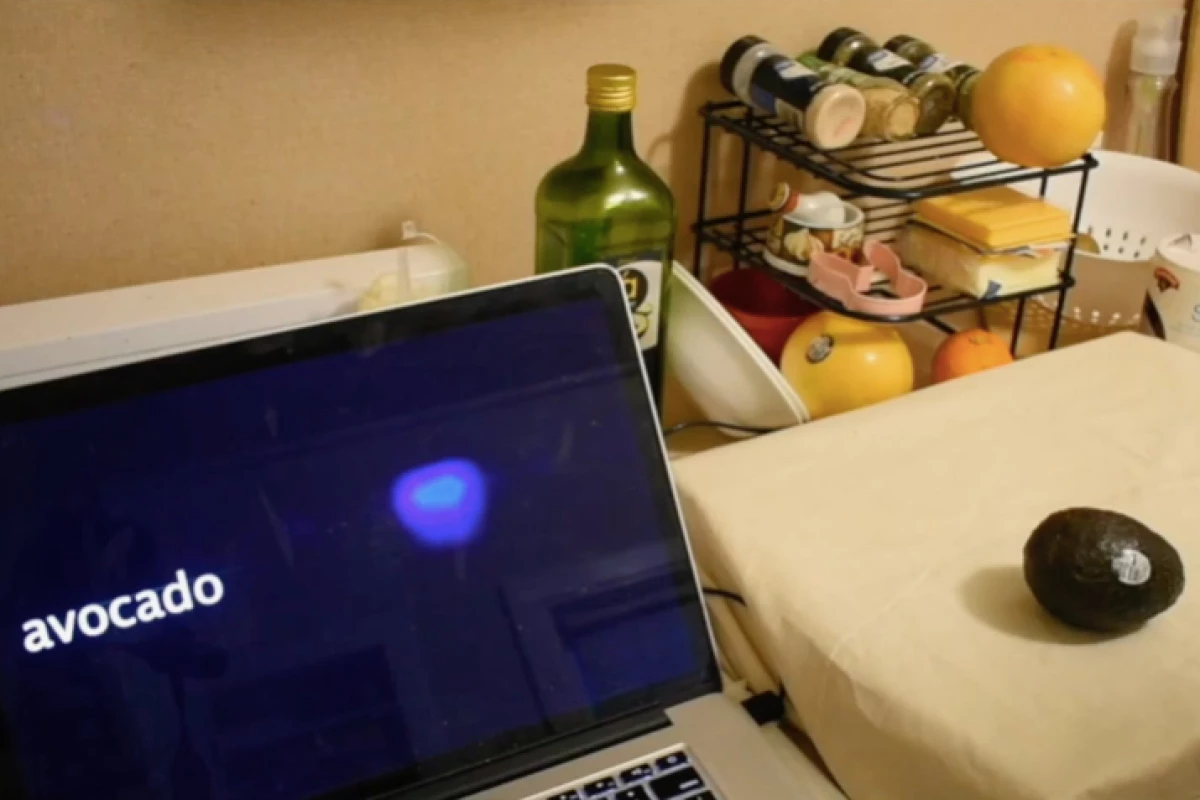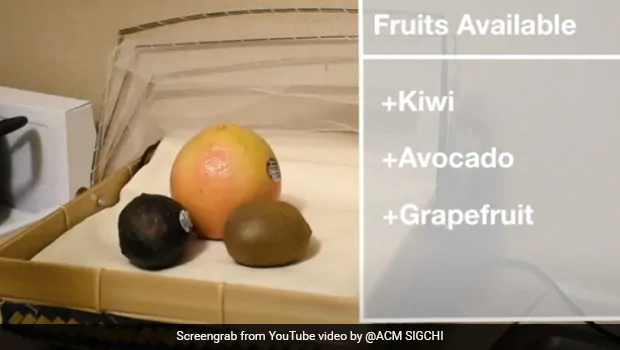Smart tablecloth fabric
Posted: 03 Nov 2020, 14:16
A new "smart" fabric is being developed at New Hampshire's Dartmouth College.
Known as Capacitivo, the experimental textile consists of a cotton substrate with a flexible grid of linked diamond-shaped electrodes that were heat-transferred onto it.


When a non-metallic item such as piece of fruit is placed upon the fabric, that item's distinctive electrical field affects the capacitance of the electrodes in a unique manner. Variables such as the material from which the object is made, along with its shape and size, determine the nature of its electrical field, and thus the change in capacitance.
A machine learning-based algorithm on a linked computer analyzes that change, and compares it to others that it's been taught to associate with specific items. If there's a match, then the system is able to determine what the object is. In tests, it has proven to be 94.5 percent accurate at identifying 20 items such as various fruits, kitchenware, plastic implements, different types of liquid within a container, and different amounts of water within a bowl.
Along with the earlier-mentioned examples, the Capacitivo technology could some day also be used for applications such as alerting people when potted plants need watering, or guiding them through the selection of ingredients for recipes.
"Being able to sense non-metallic objects is a breakthrough for smart fabrics because it allows users to interact with a wide variety of everyday items in entirely new ways", says the study leader, PhD student Te-Yen Wu.
More information in the following video.
The study is being conducted in collaboration with Microsoft Research, and was recently presented via the online ACM Symposium on User Interface Software and Technology.
Known as Capacitivo, the experimental textile consists of a cotton substrate with a flexible grid of linked diamond-shaped electrodes that were heat-transferred onto it.


When a non-metallic item such as piece of fruit is placed upon the fabric, that item's distinctive electrical field affects the capacitance of the electrodes in a unique manner. Variables such as the material from which the object is made, along with its shape and size, determine the nature of its electrical field, and thus the change in capacitance.
A machine learning-based algorithm on a linked computer analyzes that change, and compares it to others that it's been taught to associate with specific items. If there's a match, then the system is able to determine what the object is. In tests, it has proven to be 94.5 percent accurate at identifying 20 items such as various fruits, kitchenware, plastic implements, different types of liquid within a container, and different amounts of water within a bowl.
Along with the earlier-mentioned examples, the Capacitivo technology could some day also be used for applications such as alerting people when potted plants need watering, or guiding them through the selection of ingredients for recipes.
"Being able to sense non-metallic objects is a breakthrough for smart fabrics because it allows users to interact with a wide variety of everyday items in entirely new ways", says the study leader, PhD student Te-Yen Wu.
More information in the following video.
The study is being conducted in collaboration with Microsoft Research, and was recently presented via the online ACM Symposium on User Interface Software and Technology.